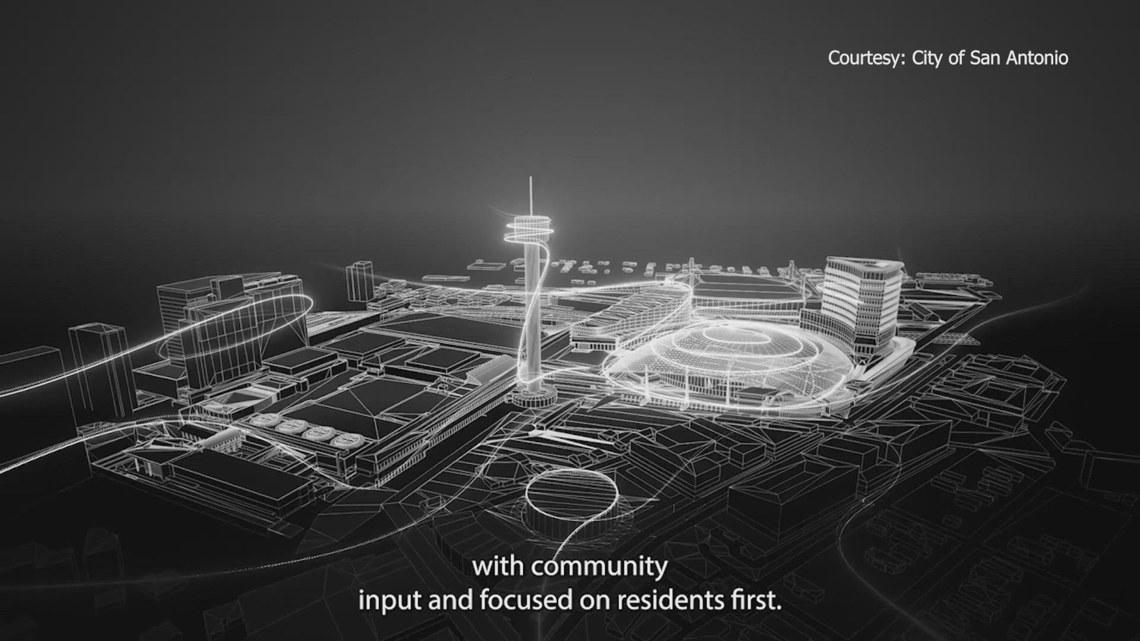
Spurs Sports and Entertainment pledges $1 billion towards San Antonio’s Project Marvel, including a new arena and expansions.
SAN ANTONIO — Spurs Sports and Entertainment is pledging $1 billion in investment into Project Marvel, the plan to build a downtown sports and entertainment district to boost activity in central San Antonio.
Project Marvel encompasses several “anchor” projects like the construction of a new Spurs arena in Hemisfair, the expansion of the Henry B. Gonzalez Convention Center and, eventually, major Alamodome renovations.
In a letter to the city, Peter Holt outlined details of the commitment to provide funding for the ambitious project.
“This vision includes creating new, well-paying jobs for local workers, generating additional revenue to fund local schools, roads, and public safety, and improving our ability to compete with other major cities for investment,” the letter says.
The City Council in May unanimously approved establishing a new Project Finance Zone (PFZ) which would provide revenues to fund the arena. A new Spurs arena, one of the anchor projects for Project Marvel, is expected to cost anywhere between $1.2 billion and $1.5 billion. That’s in line with newer NBA venues.
The letter contains the following details about the specifics of the Spurs’ investment:
- SS&E guarantees $500 million for the new arena and coverage of cost overruns
- An addtional $500 million in private downtown development in the area
- $60 million in other community incentives
The letter also included specifics of the community incentives including:
-
Giving 30% of the arena and district construction contracts to locally-owned, San Antonio companies
-
SS&E would provide VIA Park & Ride for up to 2,000 single-game primary ticket buyers
-
500 tickets for every Spurs home game would be $35 or less
-
SS&E proposes a new policy targeting early childhood education and child care challenges in the community
The City of San Antonio says the project will pay for itself over time. The city estimates it would bring in $2.5 billion over the next 20 years.
